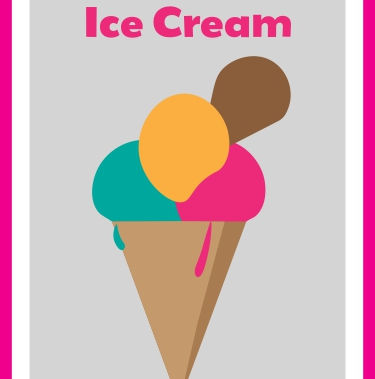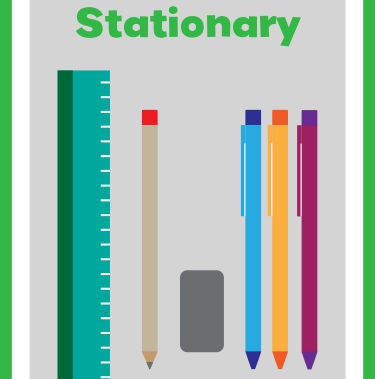Finances
This project educates 7-9 year olds about the currencies of the world and helps them understand that some countries pay more than others for the same things. I decided to work on the topic of money, specifically currency, because while children are taught about smart spending, money around the world is often an area that is neglected and considered to be unimportant at their age.
Research
Throughout this project, I conducted many different types of research to understand my target audience’s (7-9 year olds) interests, likes/ dislikes, as well as concepts that they had trouble grasping. These research methods included secondary research, informal interviews & consultations, personas & journey mapping, brainstorming, as well as digital prototyping.
Teacher Resource: Know the Game
Currency Swap would be played in a classroom as it needs groups to facilitate peer learning. At the end of the first game, 7-9-year-olds should understand that
while every country uses money, money is not the same everywhere due to currency. Additionally, participants should be able to recognise a few examples of world currencies and the countries associated with them. Finally, it is important to know that different countries have different values for money.
The second game- ‘Cash to card’ helps students realise that currency is more than notes and coins, it's an exchange. Further, through the game, students will be made aware that bank cards contain real money, so using a bank card to pay is still equivalent to spending money.
Both games are designed with children in mind and have been broken up into several sections to ensure that children can learn something in each section before moving on to the next.
Part 1: Puzzle
To make the puzzle more appealing to children, animal graphics and bright colours were used.
Part 2: Game Cards
Simple vector graphics, labels, such as arrows, and small numbers were used to make it easy for children to participate in the game.
Part 3: Tokens
Tokens with number labels and animals that represented the different country currencies were designed to serve as 'money'.
Part 4: Bank Cards
Each participant was given their own bank card with some tokens- 'money' in it for the 'Level 2' item cards



































